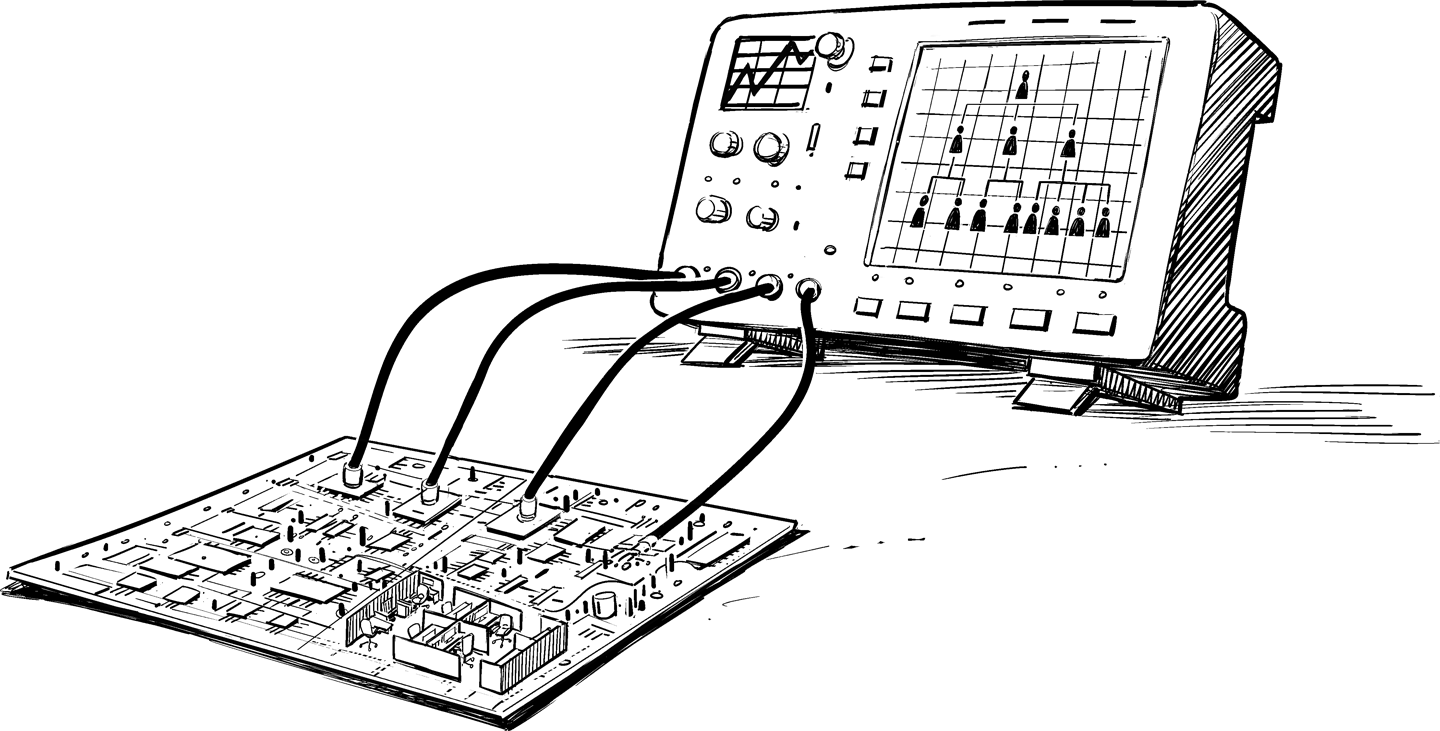Chapter 26. Reverse-Engineering Organizations
Learning Is Hard; Unlearning Is Much Harder

Attaching some probes to the organization
To change a system’s observed behavior, you need to change the system itself (Chapter 10). For organizational systems, the systemic behavior is primarily guided by its culture. A significant portion of this culture derives from shared beliefs held by the organization’s members. So, to permanently change an organization’s observed behavior, you need to identify and change those beliefs.
Unfortunately, these shared beliefs aren’t written down anywhere; there aren’t any motivational posters for shared beliefs. Also, most people won’t even be aware that they carry them. So, you’ll need to apply one of your well-honed engineering skills: reverse engineering.
Dissecting IT Slogans
A good starting point for reverse-engineering an organization’s hidden beliefs are popular slogans. Anyone who has worked in IT for a little bit surely has heard the saying “never touch a running system” (Chapter 12). Why would people not want to touch a system that’s running? Apparently because they believe that change is risky: if you touch it, you might break it. Deeper down, they may also believe that fixing broken things is cumbersome, so it’s better not to break them in the first place.
Note
The well-known IT slogan “never touch a running system” reflects the underlying ...
Get The Software Architect Elevator now with the O’Reilly learning platform.
O’Reilly members experience books, live events, courses curated by job role, and more from O’Reilly and nearly 200 top publishers.

